Donald Trump declared this weekend that his bunker-busting bombs 'obliterated' Iran's nuclear facilities and erased the Islamic Republic's chances of building a bomb.
But no amount of triumphant bluster can hide the fact that Iran still boasts significant stockpiles of highly enriched uranium (HEU) - and could well have other facilities lying in wait to reach purity levels required to fashion nuclear warheads.
In May, the UN's nuclear watchdog, the International Atomic Energy Agency (IAEA), reported that Iran had accumulated more than 400 kilograms (900 lbs) of uranium enriched to 60% purity.
This is already enough to create an atomic weapon like those that laid waste to Hiroshima and Nagasaki.
Such bombs are too heavy and cumbersome for Iran to deploy effectively. But achieving the 90% enrichment required to produce modern nuclear devices small and light enough to mount to any one of Tehran's vast array of missiles could take mere weeks.
As far as anyone knows, that HEU is still safely squirrelled away, safe from American and Israeli bombs - not to mention tonnes more uranium enriched to levels below 60%, but still far in advance of the 3-5% required for civilian energy use.
At present, there is no telling whether Trump's 'Operation Midnight Hammer' was as effective as the President claims - particularly at the Fordow Fuel Enrichment Plant, where enrichment centrifuges are hidden beneath 90 metres of rock and concrete.
There are fears that Tehran may well have several other secret facilities that remain unknown to Israel's Mossad and the CIA.
And a former national security adviser to Trump and one of America's staunchest anti-Iran hawks has even claimed that North Korea could help Iran to obtain a nuclear deterrent.
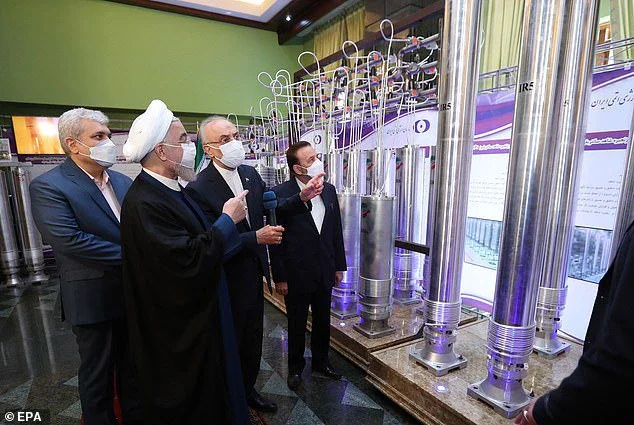
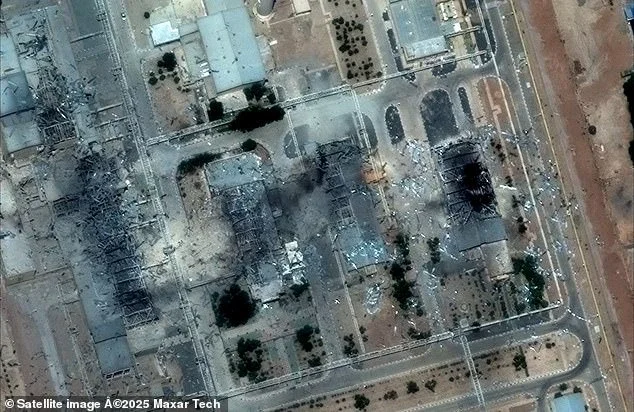
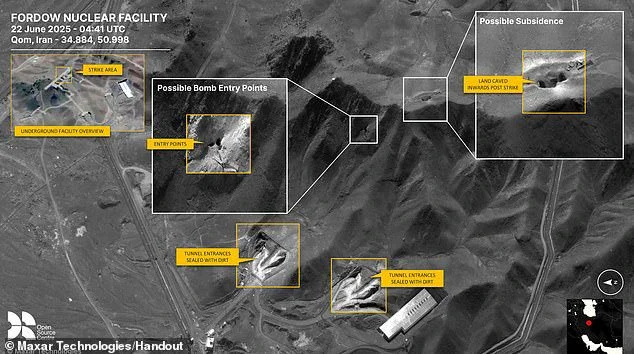
Where is Iran's uranium?
Ayatollah Ali Khamenei, the Supreme Leader of Iran, claims he moved the country's uranium stockpile to a secret location - a belief echoed by Israeli intelligence officials.
IAEA chief Rafael Grossi told the New York Times his team of UN inspectors had seen the uranium about a week before Israel attacked Iran.
HEU is stable and dense, meaning it can be easily dispersed and stored to avoid detection.
Grossi said the stockpile seen by IAEA inspectors was stored in special casks small enough to fit in the trunks of about 10 cars. He also said he believed the material had been moved.
Satellite images published by US defence contractor Maxar Technologies showed 16 trucks leaving Iran's Fordow nuclear facility on June 19, three days before Operation Midnight Hammer.
Further images reveal a flurry of activity prior to the trucks' departure involving bulldozers and security convoys that were likely reinforcing and sealing Fordow's entrances and evacuating sensitive documents.
Now, no one outside of Iran knows exactly where its HEU stockpile is located, and Tehran's options are endless.
The canisters could be stored in Iran's network of tunnels and caves, brought to Iranian Revolutionary Guard bases, or concealed at civilian facilities such as universities and research centres or even telecoms.
They could even be kept on the move in trucks.
Analysts largely agree that no amount of bombing could totally eradicate Iran's nuclear programme, and have pointed out that the American and Israeli campaign could have the opposite effect.
Dr Andreas Krieg, an expert in Middle East security and senior lecturer at King's College London's School of Security Studies, told MailOnline: 'Going after Iran's nuclear programme could reinforce Tehran's belief that a nuclear deterrent is not only justified but essential for regime survival'.
'Rather than halting Iran's nuclear trajectory, the strikes may serve as a vindication of the logic that drives Iran's long-term nuclear ambition - deterrence through capability,' he said.
Dr Andreas Boehm, international law expert at the University of St. Gallen, was even more forthright.
'After the experiences of Ukraine, Libya and now Iran on the one hand, and North Korea on the other, there can be no other conclusion than that only the possession of nuclear weapons offers protection against attack,' he said.
'For this or any subsequent Iranian regime, the path of negotiation is no longer an option. It will now work even more resolutely towards acquiring a nuclear bomb.'
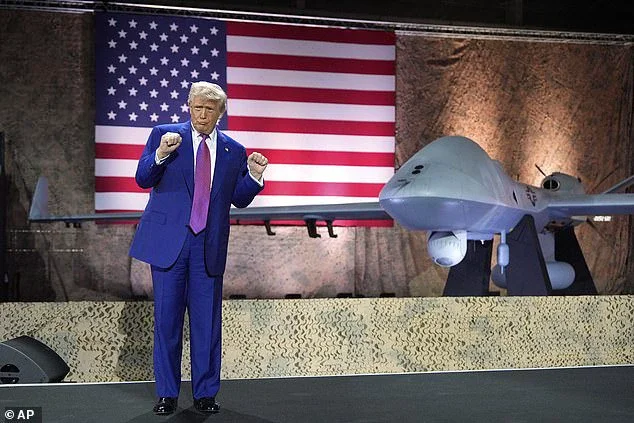
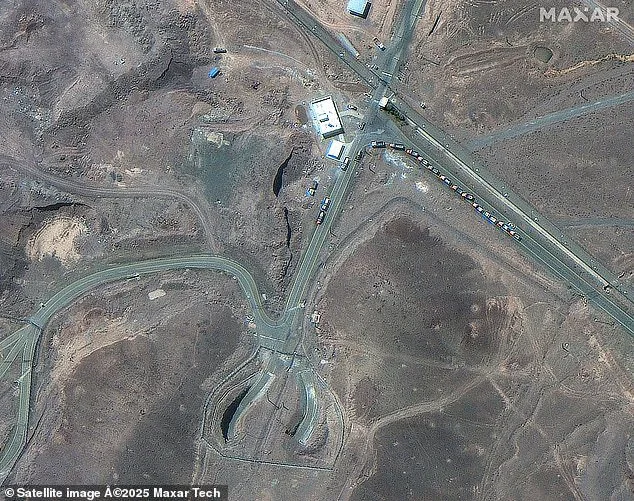
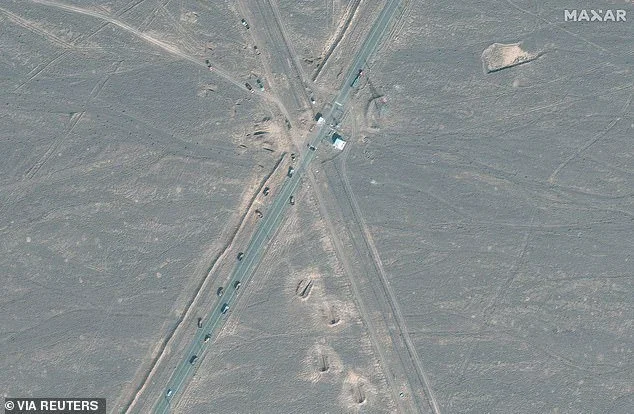
Could Iran still enrich its uranium?
If the US and Israeli military action in Iran has provided Khamenei and his inner circle the political will to double down on their pursuit of nuclear weapons, they will eventually need to restart the enrichment process.
And, although HEU is easy to store and transport, the centrifuges required to enrich it are highly sensitive and extremely difficult to reposition.
Satellite images taken after Operation Midnight Hammer appear to reveal significant damage at the Natanz fuel enrichment site and Isfahan nuclear technology centre, with craters also seen at the Fordow facility.
Though we don't know the true extent of the damage done by the US and Israeli bombing campaigns, IAEA chief Grossi believes the centrifuges at the Natanz facility - a larger plant far less protected than Fordow - were likely destroyed.
If centrifuges at Fordow remain intact, it is reasonable to assume that parts of the facility have at least been damaged and that accessing the site has been rendered more difficult.
But even if Fordow's operations are offline, Iran may have other facilities that are concealed and remain a secret.
The prospect is not far-fetched - both Pakistan and North Korea covertly developed a nuclear bomb while apparently under tight US surveillance.
Since 2022, Tehran has also been building another site close to Natanz under the so-called 'Pickaxe Mountain' that is said to be buried even deeper than Fordow.
The Islamic Republic claims the facility is for building centrifuges, but Iranian authorities have refused to admit IAEA inspectors to the site, claiming it is not yet in operation.
Nuclear proliferation experts have warned that this site could be used as another enrichment facility.
Sima Shine, an expert on Iran's nuclear programme and former Mossad researcher, told The Telegraph there was 'no doubt' Israeli and US aircraft had inflicted 'huge damage' to Iran's known nuclear sites at Fordow, Natanz and Isfahan.
But she added that other 'secret' facilities almost certainly existed.
Meanwhile, analysts say the strikes could push Iran to withdraw entirely from the Nuclear Non-Proliferation Treaty (NPT), which currently obliges it to cooperate with IAEA inspectors.
'The Non-Proliferation Treaty allows member states to withdraw 'if it decides that extraordinary events, related to the subject matter of this treaty, have jeopardised the supreme interests of its country',' said Darya Dolzikova, Senior Research Fellow for Proliferation and Nuclear Policy at the RUSI think tank.
'The events of the last week could arguably give Tehran the justification it needs to that end. A withdrawal from the NPT would likely see the international community lose all visibility of the Iranian nuclear programme and could - long-term - become a catalyst for broader proliferation in the region.'
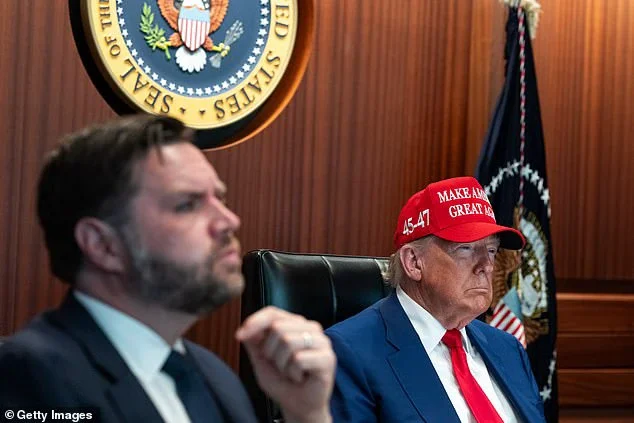
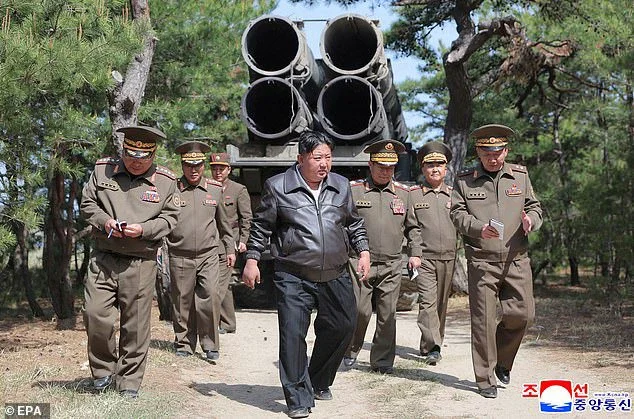

Pyongyang to Tehran's rescue?
Despite issuing stern condemnations of US and Israeli military action, Iran's key allies - Russia, China and North Korea - have so far urged restraint and diplomacy.
Crucially, none have offered Tehran military support, not even defensive systems such as surface-to-air missile batteries.
But former US ambassador to the UN and Trump-era national security adviser John Bolton has claimed that North Korea is already playing a covert role in Iran's nuclear ambitions.
'My biggest concern is that parts of Iran's nuclear programme are located under a mountain in North Korea,' he told German outlet Der Spiegel in a shocking interview this week.
Bolton offered little in the way of evidence, but Iran and North Korea, both long isolated by Western sanctions, have maintained cordial ties for decades and are widely suspected of sharing military technology, particularly in the realm of missile development.
A now-defunct UN panel of experts reported in 2021 that the two countries had resumed collaboration on long-range missile projects, including the transfer of sensitive components.
Tehran would have to enrich its own uranium, but 'Pyongyang could provide important assistance in helping Iran reconstitute destroyed missile production facilities, potentially at new sites, shielded from scrutiny,' said Ankit Panda of the Carnegie Endowment for International Peace.
'There are certain matters pertaining to weapons design that the North Koreans would not want to proliferate,' he added. 'Once in Iran, those designs could potentially be discovered by the United States and used to undermine North Korea's own deterrent.'
But Panda also noted that Pyongyang's deep expertise in nuclear weaponisation - particularly in the non-fissile components of a bomb, such as the precision-engineered conventional explosives used to trigger a detonation - could prove valuable to Iran.

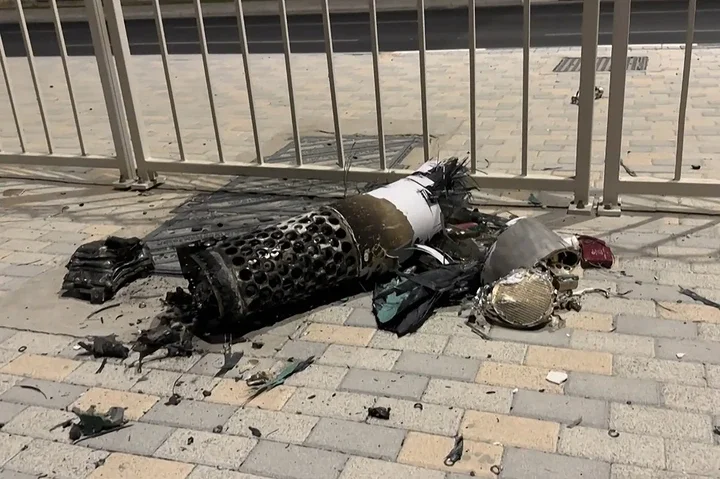
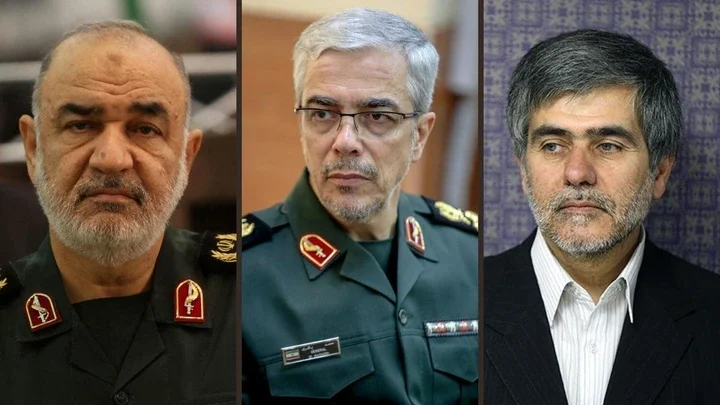
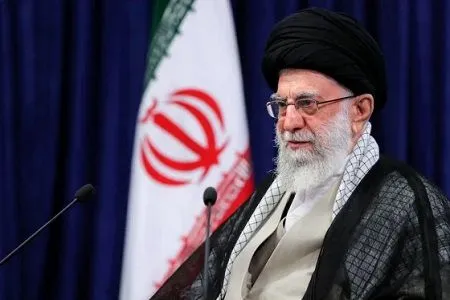
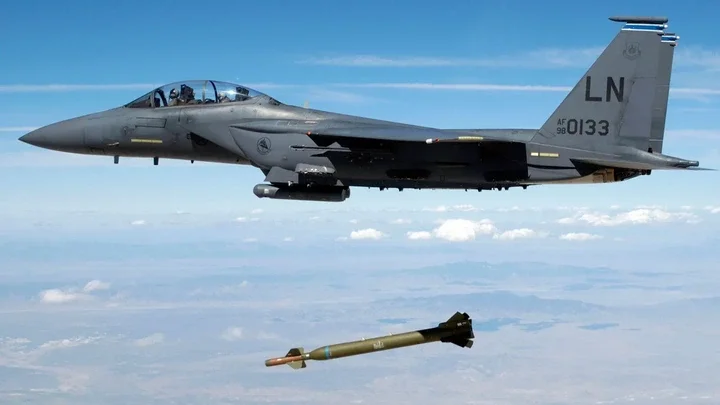

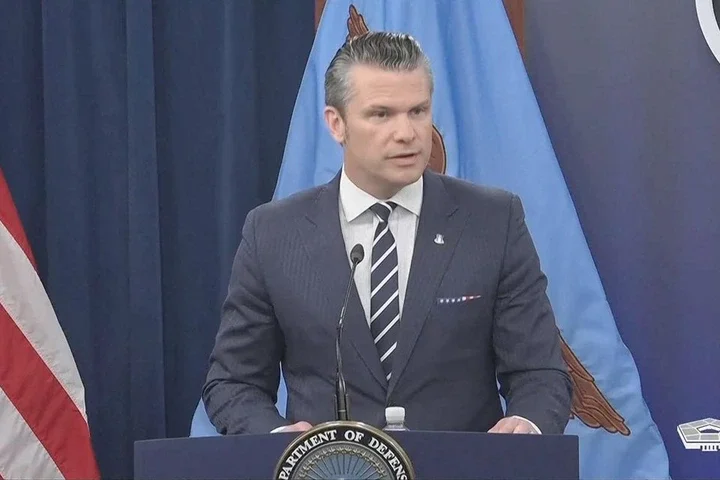
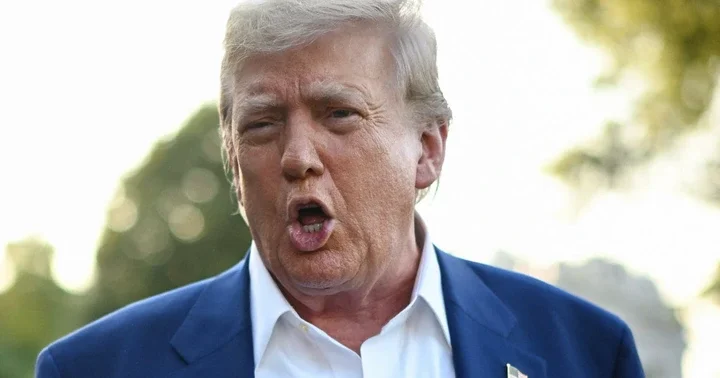





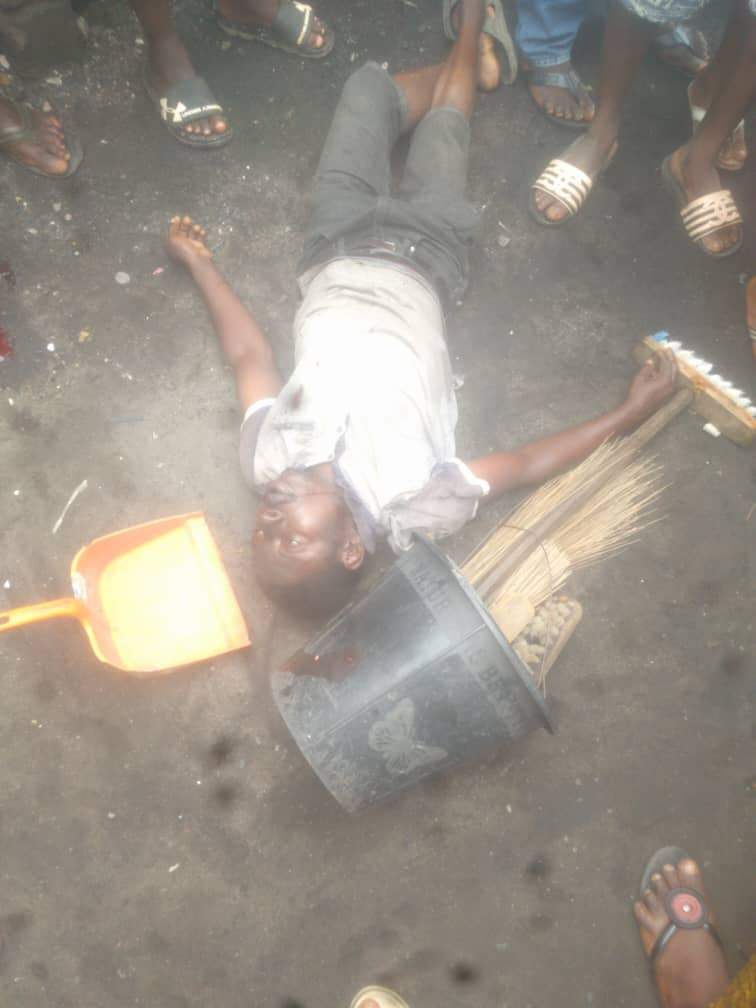
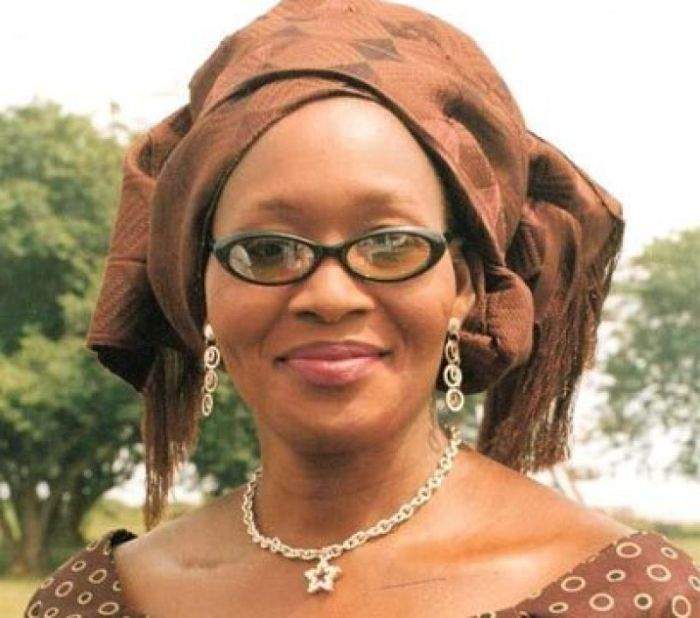

Comments